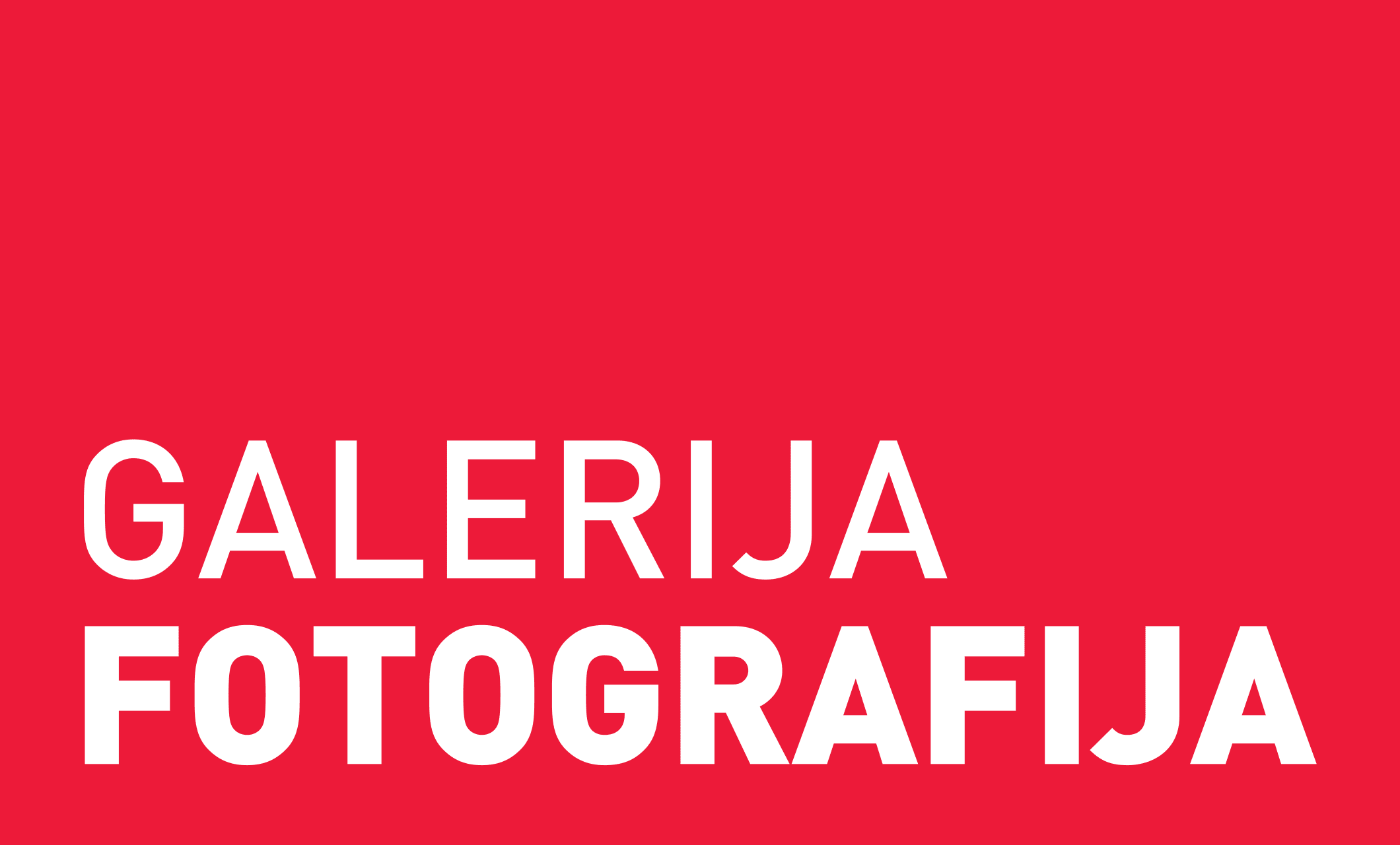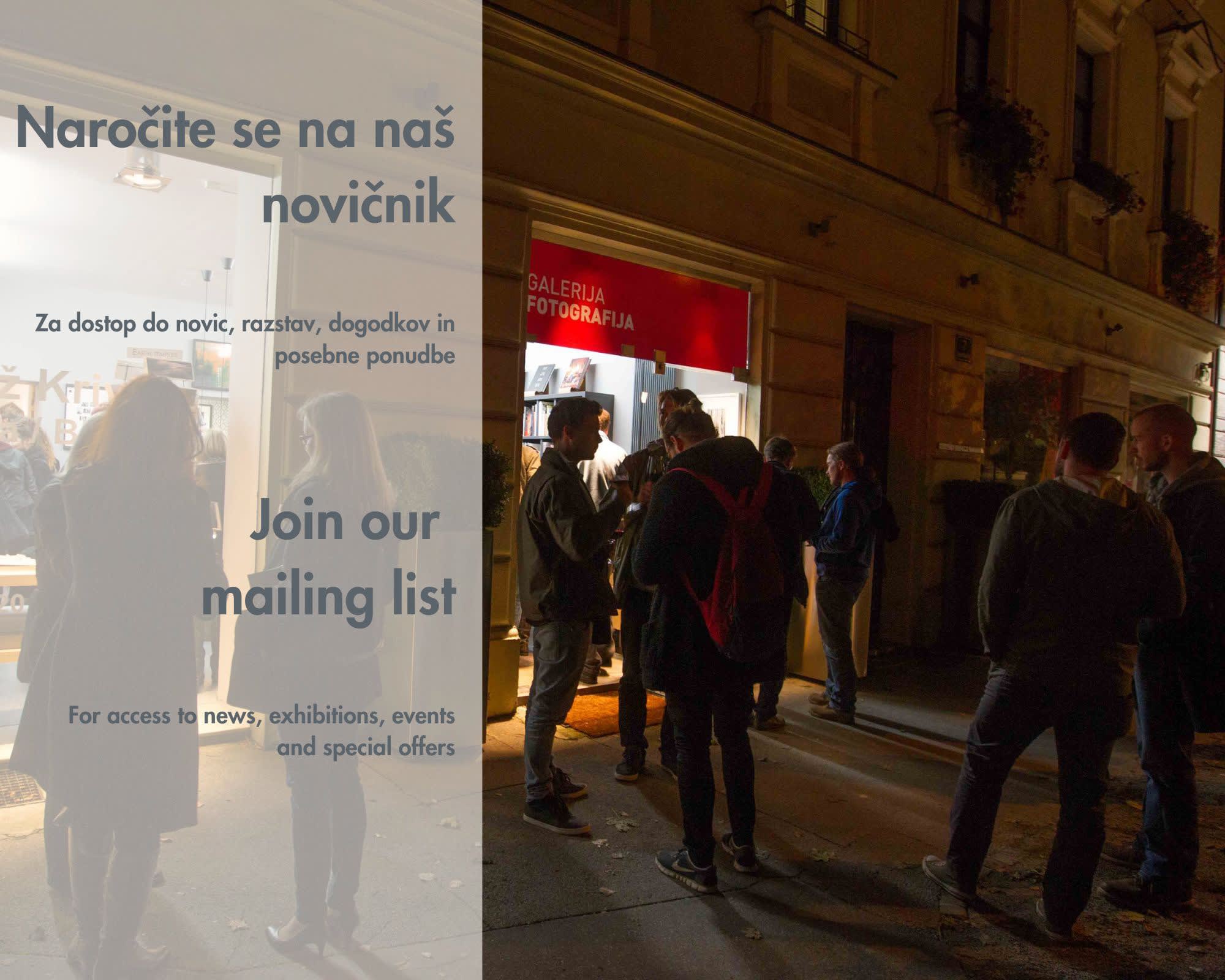DK
O SERIJI
Povej mi, kaj vidiš, in povem
ti, kdo si
Ko je švicarski psihiater
Hermann Rorschach leta 1921 po eksperimentiranju z otroško igro objavil
raziskavo o svojem slavnem psihološkem testu, je za vedno zaznamoval naše
razumevanje gledanja in zaznavanja podob. Test je bil zasnovan z namenom, da
poda diagnostično oceno osebnosti na podlagi opisov, ki so jih testiranci
podali o desetih sličicah abstraktnih pack. Pacient naj bi ob gledanju na
podobe projiciral svoja skrivna hotenja, komplekse in konflikte, z opisi pa
deloma razkril svojo osebnost, saj »pravilni« in »napačni« odgovori v testu ne
obstajajo – ustvarjen je bil, da pod barikado zavestnih odzivov razkrije našo
podzavest.
Rorschach je razvil metodo, ki
je dokončno potrdila, da enake podobe različni ljudje vidijo drugače –
resničnost kot objektivno dejstvo ne obstaja, pač pa se razlikuje od osebe do
osebe. Kako vidimo in razumemo podobe, je odvisno od tega, kakšen je naš način
razmišljanja; gledalec pomen tvori šele s svojimi jezikovnimi kodi in nivoji
razumevanja, izobraženostjo, kulturno in zgodovinsko pogojenostjo ter
številnimi drugimi dejavniki. Test opozarja na dejstvo, ki je enako pomembno v
umetnosti kot v psihoanalizi – da resničnost in njena interpretacija nista
stabilni, nespremenljivi konstanti.
DK je umetnik, ki se je v
svoji dolgoletni fotografski praksi v številnih delih posvečal konceptu videnja
v fotografiji; nazadnje je motiv raziskoval v seriji Scotoma, ki je bila
po večletnem procesu ustvarjanja predstavljena v Galeriji Jakopič. V njej je
dela posvetil premisi, da gledalec s svojim pogledom soustvarja resničnost.
Sanjske krajine je posnel v neposredni bližini svojega studia v Ljubljani, a
jih je s pomočjo vizualnih asociacij poimenoval po oddaljenih krajih. S tem je
neizogibno odprl vprašanje – ali je pomembno, kaj je ozadje nastanka
fotografije, če gledalec v njej vidi nekaj povsem drugega? Izkušnja večletnega eksperimentiranja
z aktom gledanja je pripeljala do ekstrapolacije tematike v novo fotografsko
smer, prvič predstavljeno v Mali galeriji Cankarjevega doma.
V seriji del, ki po avtorjevih
besedah predstavljajo šele uvod v proces, z naslovom Preostanki skoraj
psihoanalitično odkriva, kaj podobi dodeli vrednost in kako gledalec pristopa k
razumevanju podobe. Kot pravi DK: »V Preostankih preizprašujem, kaj
vse je lahko podoba. Ali lahko neko pomensko podobo, morda celo lepoto, najdemo
v zavrženih preostankih nečesa, kar je bilo nekoč namenjeno kot nosilec podobe?
Posledično preizprašujem, ali je mogoče najti pomen in morda celo lepoto
življenja v današnjem sodobnem trenutku, ki je zaznamovan z razkrojem vrednot
ter sistemov in podsistemov, torej nosilcev tistega, čemur smo rekli človeštvo,
človeška družba.«
DK pomena najpogosteje ne išče
v verističnem prikazu vidnega in oprijemljivega, temveč v marginalnem in
spregledanem. V najnovejšem projektu se je vrnil k ostankom starih fotografskih
filmov, v katerih je ponovno ovrednotil opus s samega začetka lastnega
fotografskega ustvarjanja v osemdesetih letih.
V množici starih podob, ki so
bile v nekaterih primerih zavržene, poškodovane ali neprimerno hranjene, je
začel opažati celo vrsto fascinantnih »napak« – fotokemičnih poškodb, zarez,
prask, nenavadnih izrezov in drugega. A prav ti so postali nosilci pomena, saj
so bili še vedno podobe nečesa, čeprav so bili ustvarjeni le kot
stranski produkt tega, kar je bilo na fotografiji izvorno v ospredju. Ko
umetnik »napake« postavi v fokus upodobitev, se pred nami razgrnejo z množico
mogočih interpretacij; od živalskih obrisov, antropomorfnih figur, duhov,
pošasti, do skrivnostne prostranosti vesolja. Tovrstne motive je umetnik začel
načrtno poustvarjati v svojem studiu v raziskovanju koncepta napačnega in
naključnega v ustvarjalnem procesu. DK se v seriji zopet poigrava s konceptoma
fikcije in tvorjenja pomena, gledalca pa izzove, da v vsaki podobi poišče
lastno resnico.
Izmed vseh umetniških sredstev
posebej fotografija velja za zmožno najbolj objektivno prikazovati resničnost
ali je celo razumljena kot inherentno verodostojna. A za DK-ja fotografija
nikoli ni bila enoznačna z reprezentiranjem resničnosti. Zanima ga
komuniciranje med podobo in gledalcem ter pomensko polje, ki se vzpostavi v
procesu gledanja. Vprašanje namreč ni, kaj fotografija pove o realnosti, temveč
kaj pove o njihovem avtorju, ali še bolje, kaj pove o nas samih? Njegove
fotografske podobe delujejo kot svojevrsten Rorschachov test – s fluidnimi
formami nihajo med abstraktnim in oprijemljivim, ponujajo neskončne poti
razumevanja in gledalca vabijo, da jih poskuša razvozlati. DK zopet poudarja dejstvo, da je umetnost več
kot le reprezentacija podob,
je priložnost za kontemplacijo in razumevanje samih sebe, za popotovanje v
lastni jaz in soočenje s podobami, ki jih umetnost lahko prikliče globoko iz podzavesti.
Hana
Čeferin
DK je diplomiral na FPS v
Münchnu, magistrski naziv pa je prejel na IVAS v Kölnu. Več kot trideset let je
član umetniškega kolektiva Strip Core. Vrsto let je prebival in deloval med
Ljubljano, Kölnom, Münchnom, Dunajem in Beogradom.
Njegov kreativni proces
temelji na umetniškem raziskovanju, ki rezultira v globoki vizualni
reprezentaciji tem s pogosto socio-političnim in socialnim predznakom. V
zadnjem času njegovo raziskovanje odkriva tudi širok nabor dilem fotografskega
medija. Od razmerja med subjektom in objektom do vprašanj horizonta percepcije
ter raziskave razmerja med resnico in podobo, med resničnim in virtualnim ter
med verodostojnim in lažnim. Izjemen opus z izvirnim vizualnim in konceptualnim
pristopom k fotografiji spodbuja zavedanje dejanske resničnosti skozi vizualno
pripoved, a ne skozi nemuden efekt, temveč se uspe gledalca dotakniti na bolj
sublimni ravni, a zato z daljnosežnejšim učinkom.
Njegovo delo je bilo
predstavljeno v mednarodnem prostoru ter objavljeno v več publikacijah in dveh
monografijah. Dela DK se nahajajo v zasebnih in muzejskih zbirkah doma in v
tujini.
ABOUT THE SERIES
Tell Me What You See, And I’ll Tell You Who You Are
When in 1921, after experimenting with a children’s
game, Swiss psychiatrist Hermann Rorschach published a study into his famous
psychological test, he lastingly impacted our understanding of seeing and
perceiving images. The test was developed with the purpose of establishing
a psychodiagnosis based on a subject’s perceptions of ten inkblot images.
By looking at the images, a patient supposedly projects their secret desires,
complexes and conflicts into the visual stimuli generated by the inkblots while
partly revealing their personality through their perceptions. This is due to
the test having no “correct” and “wrong” answers – it was created to reveal our
subconscious mind behind a barricade of conscious responses.
Rorschach’s method definitively confirmed that
different people perceive the same images differently – reality as an objective
fact does not exist, but varies from person to person. How we perceive and
understand images depends on our way of thinking; the viewer interprets meaning
through their language codes and levels of understanding, education, cultural
and historical determinism, and many other factors. The test draws
attention to a fact as relevant in art as in psychoanalysis – that reality
and its interpretation are not stable, invariable constants.
DK is an artist who, in his long photographic career,
has devoted many of his works to the concept of the gaze in photography; Most
recently, he has explored this motif in Scotoma, a series presented
at the Jakopič Gallery after years in the making. The works in this series
focus on the premise that viewers help shape reality with their perception of
it. He shot dreamscapes in the immediate vicinity of his Ljubljana studio, but
named them after distant places by means of visual associations. This
inevitably raised the question of whether the background to a photograph’s
conception actually matters if a viewer sees something completely different in
it. The experience of years-long experimentation with the concept of looking
led to the extrapolation of the theme into a new photographic direction,
presented in Cankarjev dom’s Small Gallery for the first time.
In a series of works titled Remnants, works
that according to the artist constitute only an introduction to the process, DK
investigates, in an almost psychoanalytic way, what gives the image value and
how viewers engage with visual imagery. In DK’s words: “In Remnants,
I’m examining what qualifies as an image. Can some meaning-carrying image,
perhaps even beauty, be found in the discarded remnants of something that
was once intended as an image carrier? Consequently, I am re-examining whether
it is possible to find meaning, and perhaps even the beauty of living, in our
contemporary moment, marked by disintegration of values, a collapse of systems
and subsystems, i.e., the bearers of what we used to call humanity, human
society.”
DK most often seeks meaning in the marginal and the
overlooked rather than in a veristic representation of the visible and
concrete. In his latest project, he reused remnants of old photographic films,
with which the artist re-evaluated his body of work created in the 1980s, at
the very beginning of his photographic career.
In a multitude of old pictures, some of them
discarded, damaged or poorly preserved, he began to notice a series of
fascinating “flaws” – photochemical damage, notches, scratches, unusual cutouts
and more. But it was precisely these discards that became the carriers of
meaning – because they were still images of something even if created only as a
by-product of what was originally in the foreground. When the artist places the
representational focus on the “flaws”, they start to unfold before us in a
multitude of possible interpretations, from animal contours, anthropomorphic
figures, ghosts and monsters to the mysterious vastness of the universe. The
artist systematically recreated such motifs in his studio with the
intention of exploring the concepts of the erroneous and random in the creative
process. In the series, DK is once again experimenting with the concepts of
fiction and creation of meaning, while challenging the viewers to find their
own truth in each image.
Of all the artistic means of expression, photography
is considered to be the medium that records reality most objectively, or is
even inherently truthful. But for DK, photography has never equalled a
representation of reality. He is interested in the communication between the
image and the viewer, and the semantic field established in the viewing
process. The question for the artist is not what a photograph says about
reality, but what it says about its author, or, better yet, what it says about
us. His photographic images function as a sort of Rorschach test – their fluid
forms hovering between abstraction and concreteness, offering endless ways
of understanding, and inviting the viewer to try and decipher them. DK
re-emphasizes the fact that art is more than simply a representation of images,
but an opportunity to contemplate and understand oneself, to undertake a
journey toward the inner self and confront imagery that art can conjure up deep
from the subconscious.
Hana Čeferin
DK graduated from FPS in Munich and obtained his
master’s degree from IVAS in Cologne. He has been member of the Strip Core art
collective for over thirty years. He lived and worked between Ljubljana,
Cologne, Munich, Vienna and Belgrade for a number of years.
His creative process is based on artistic research,
which results in an in-depth visual representation of themes often touching on
socio-political and social issues. Recently, his research has also revealed a
wide spectrum of dilemmas facing the photographic medium. From the
subject/object relationship to the questions of the perception horizon and
research into the truth/image, real/virtual, and authentic/false relationships.
With an original visual and conceptual approach to photography, the remarkable
body of work encourages awareness of actual reality through
visual narrative, not through immediate effect, however, but touching the
viewer on a more sublime level, yet with a far-reaching impact.
His work has been presented internationally and
published in several publications and two monographs. DK’s works form part of
private and museum collections in Slovenia and across the world.


